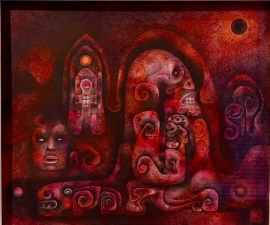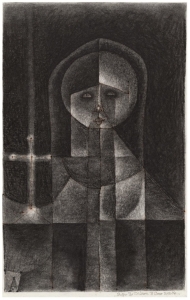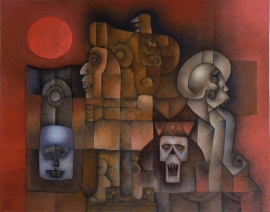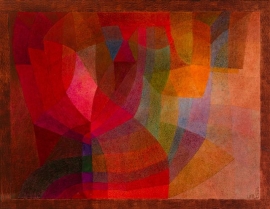Alberto Valdés
1918 to 1998
Latino American Modernism
Only recently has Alberto Valdés’s surprising career as a painter prior to the rise of the Chicano movement come to light. Unlike Esteban Villa and Domingo Ulloa-mature artists who later became involved with the emerging Chicano art scene, Valdés forged an isolated career outside of the established networks of Californian and Chicano art. He did share with his Mexican American peers a deep connection to pre-Columbian and modern Mexican art that was born out of cultural pride and self-directed study. Valdés’s interest in abstraction aligned him less with los tres grandes (Diego Rivera, David Alfaro Siqueiros, and José Clemente Orozco) than with Rufino Tamayo and Ricardo Martinez, two Mexican artists whose indigenism was more evocative than social realist or expressionistic. Were it not for his nephew David Valdés, who preserved his uncle’s work and memory, Alberto Valdés’s career would be unknown today.
Valdés attended the Harper’s School of Art in Los Angeles in the 1930s and subsequently worked designing ads, billboards, and orange crate labels.
His commercial career was inter-
rupted by his military service during World War II. When he returned to Los Angeles, he landed a job as a set designer with MGM Studios, where he worked through the early 1960s. After that, Valdés devoted himself primarily to his art, only working sporadically to support himself. He built an extensive library of art books and magazines, which nurtured his interest in international art movements and inspired his own experiments in color and form.
Valdés’s paintings from the early 1960s evince how he fused his interests in European modernism and indigenous and modern Mexican art. The rosy palette of Untitled (about 1960) resembles the patchwork compositions of French artist Sonia Delaunay and the muted, earthy canvases of Tamayo. The painting’s radiating colors show how Valdés experimented with gradual shifts in hue. The resulting work evokes a budding flower and is so densely painted that its sur- face looks like leather. Untitled from about 1965 is darker in tone and recalls Paul Klee’s paintings where line drawings appear against varied fields of color. Here a combination of biomorphic and geometric shapes interlock and appear to form a colorful rooster. The delicate drawing that animates Valdés’s creation brings to mind the intricate line patterns of sculptural reliefs found
on Mesoamerican architectural structures. When seen in this light, Valdés’s non-mimetic or for- malist approach to non-Western art runs parallel to that of African American artist Hale Woodruff, who blended modernist abstraction with stylized motifs derived from African art. Both artists
were committed to abstraction and exploring their ancestral roots. Valdés’s work highlights how Chicano indigenism, from its very inception, encompassed a wide range of modes, from social realism to strident politicized iconography and more formal approaches. While many Chicano artists visually quoted specific Mexican sources in their work, Valdés integrated a wide variety of indigenous and modern influences to produce a unique body of work that is now a revelation. – E. Carmen Ramos
In the twenty-first century a demographic transition in American society positions Latinos as the largest ethnic group in the country. Yet for many Americans, Latinos remain like shadowy ciphers, notably absent from narratives of American art. This legacy of absence in museum exhibitions, permanent collections, art history canons, and art discourse is slowly being replaced with new knowledge that frames Latino art as an integral part of American art.
From the colonial period onward, the Latino imagination has been present, if largely un- recognized, in American art. Mexican American, Puerto Rican, and Cuban American artists have created unique, impassioned, and haunting works that envision multiple aspects of American life. The rich variety of Latino art encompasses all fine arts genres and a centuries-old tradition of vernacular arts. Latino artists fuse Anglo-American and Latin American art forms, negotiat-
ing visual traditions that are amalgams of indigenous, European, African, and Asian sources. As formal strategies, these intercultural fusions parallel the racial-cultural mix and overlap of worlds that define Latino identity and art. – Tomås Ybarra-Fausto
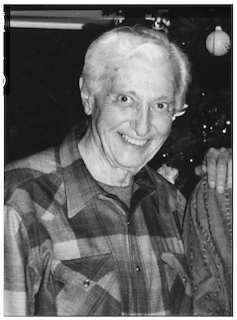
Alberto Valdés (1918-1998)
Exhibitions
“Art Along the Hyphen: The Mexican American Generation”, Autry National Center, Los Angeles, 2011
Our America: The Latino Presence in American Art, Smithsonian American Art Museum, Washington, DC, Oct 2013 – Mar 2014


